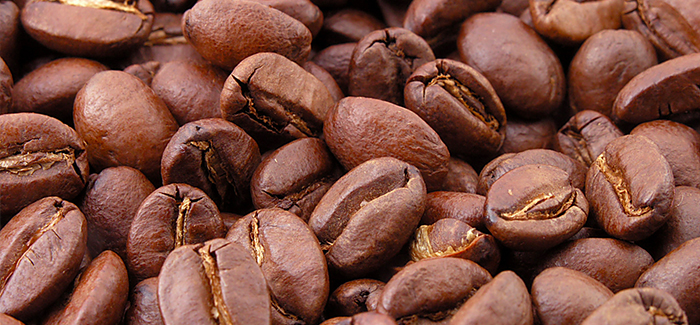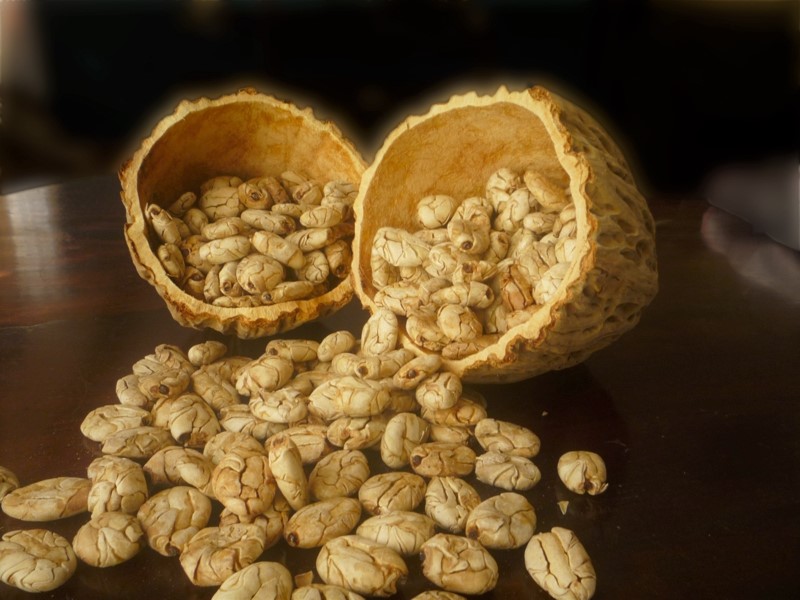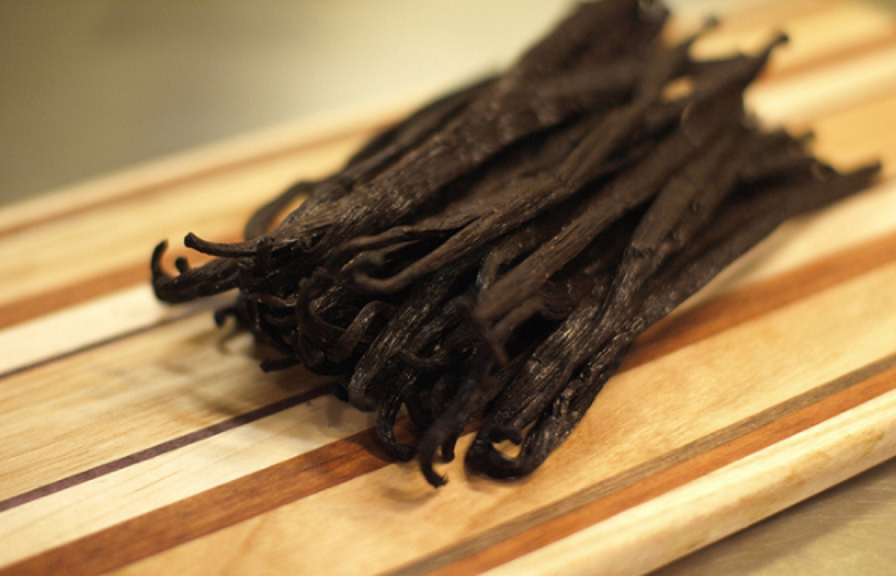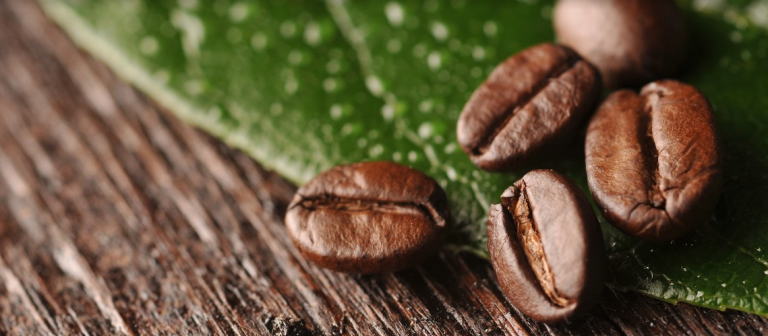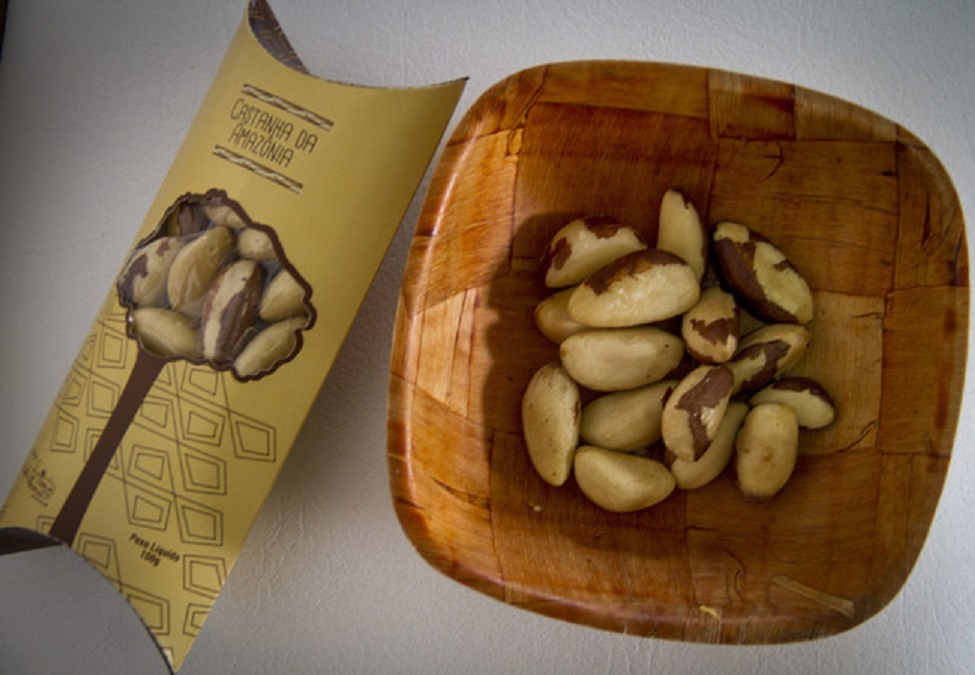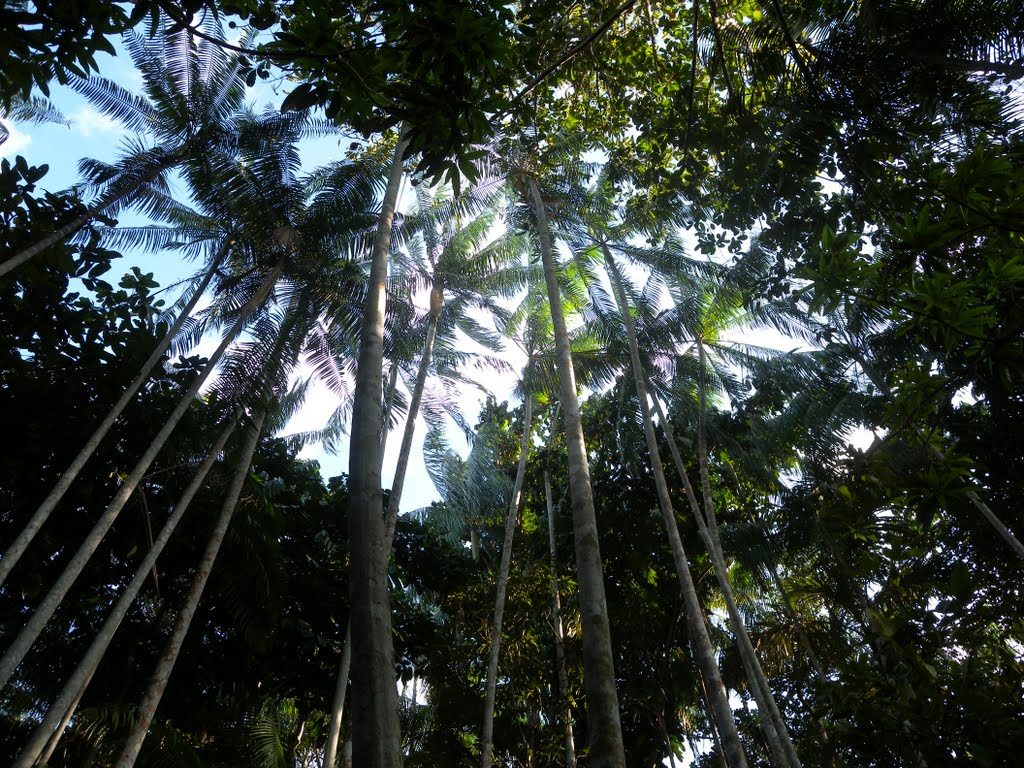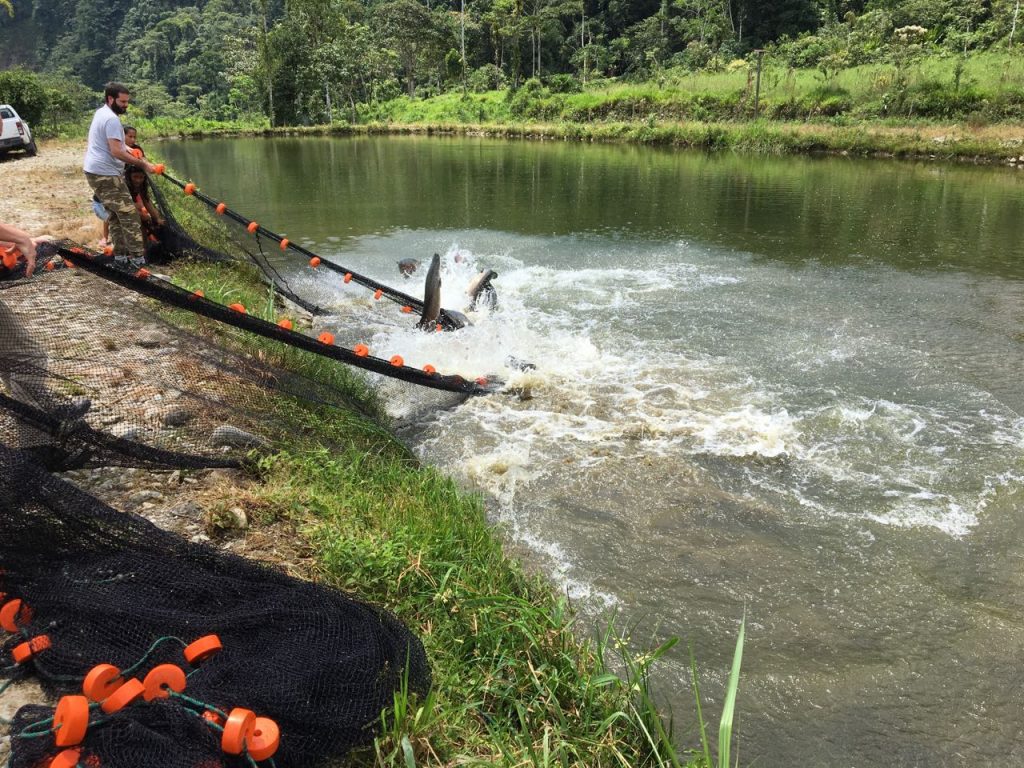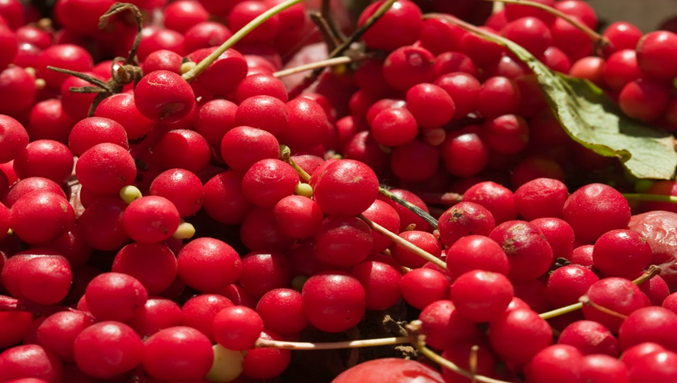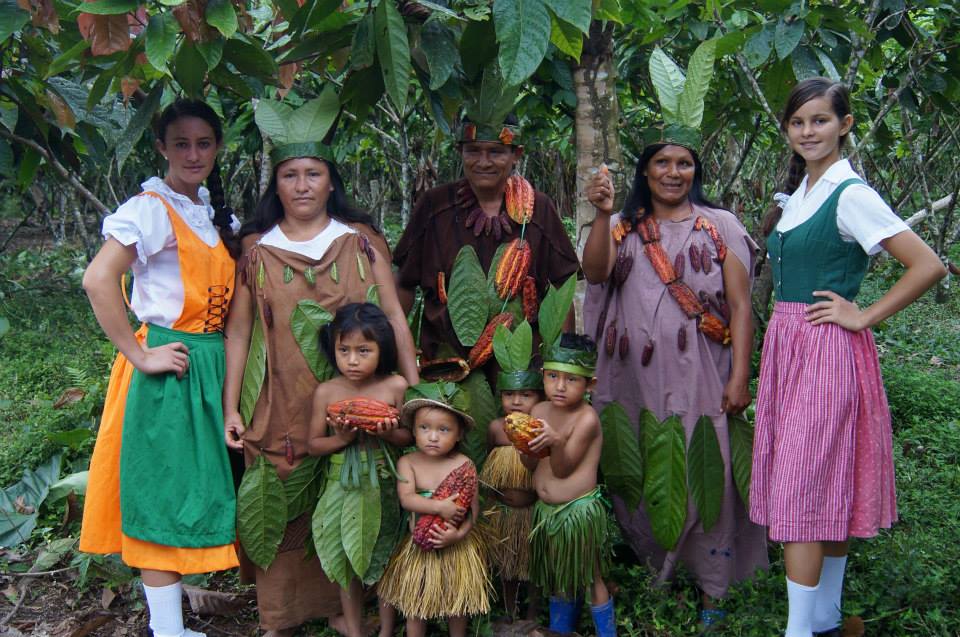This article by Chris Meyer was originally published by the Environmental Defense Fund Amazon indigenous communities have made huge strides in the last two decades to secure legal recognition for their ancestral lands – territories which play a major role in efforts to conserve rainforests and stabilize the global climate. But there is still […]
A look into the diverse indigenous enterprises working in Colombia’s tropical forests
